#stone circles
Text
The wonderous Nesshenge, is a replica of a Neolithic henge standing proudly in Merseyside's Ness Botanic Gardens. Built with meticulous detail provided by Dr John Hill, and serving as a captivating archaeological experiment, it's a testament to ancient ingenuity surviving through the ages.
From its humble beginnings as a research project to its current status as an educational landmark, it's a journey through time. Here Dr Hill returns to the site to see how the modern replica has matured over the last 15 years.
21 notes
·
View notes
Text



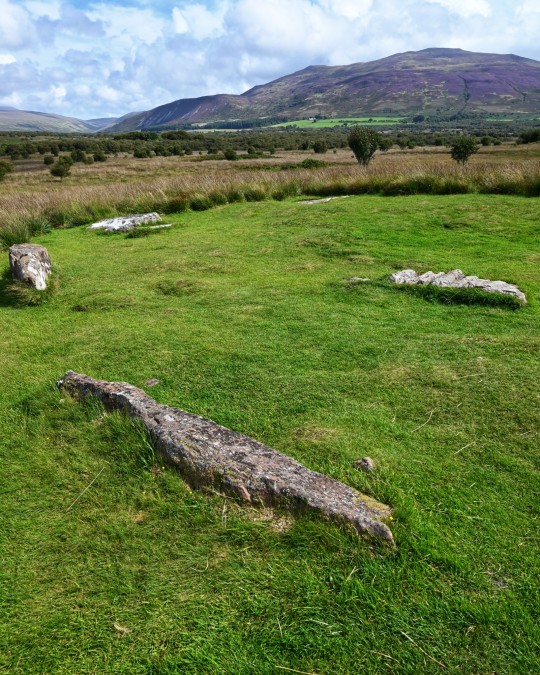

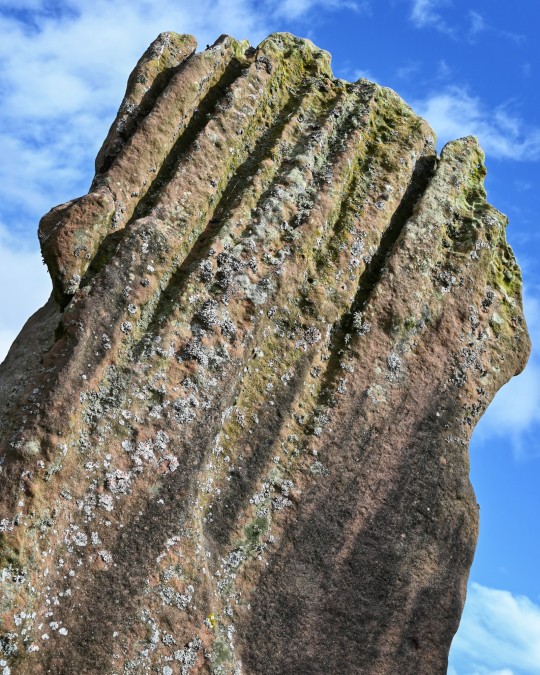


Machrie Moor Stone Circle 3, Machrie Moor, The Isle of Arran, Scotland
#ice age#stone age#bronze age#copper age#iron age#neolithic#mesolithic#calcholithic#paleolithic#prehistory#prehistoric#megalithic#stone circles#standing stones#ancient sites#ancient cultures#ancient living#archaeology#stonework#landscape#Scotland#Arran
58 notes
·
View notes
Photo

Locations of Stone Circles and Henges in the UK & Ireland
Stone circles and henges first appeared on the British Isles c. 3500 BCE, during the Neolithic period. Over 900 still exist today. Henges (oval shaped, banked ditches) enclosed ritual structures, such as stone circles, or villages, seen in excavations of the henge at Durrington Walls. The largest Neolithic structure in Britain is Marden Henge, close to Stonehenge. Discovered in 2015, its ramparts enclosed 15 hectares and excavations show that it was used as a gathering for feasts. It lacks the stone circles of other Neolithic sites, such as Stonehenge, Avebury, Beaghmore, and Bré na Bóinne (near Monknewtown) and archaeologists believe its standing stones may have been removed to farm the land. Stone circles differ, with recumbent stone circles specific to Ireland and Scotland, and characterized by a circle of standing stones that is constructed around a recumbent stone laid on its side. Concentric stone circles, typically found in England and Scotland, comprise two circles of standing stones arranged in a circular or oval configuration. Outlying stones, avenues and mounds may also form part of the site architecture and burials are found at concentric circle sites, indicating they played a part in funerary rituals. It is believed that stone circles were used for religious ceremonies, with entrances constructed to face sunrise and sunset or aligned with the sun during the winter or summer solstices.
440 notes
·
View notes
Photo

A stone circle in Bryn Cader Faner, Snowdonia, Wales.
61 notes
·
View notes
Text

The Rollright Stones, also known collectively as The King’s Men, the King Stone, and The Whispering Knights, Oxfordshire. Photographer unknown.
There’s a bit of fascinating mythology about The Rollright Stones, which relates to the alternative names given to them.
The Stones take their names from a legend about a king and his army who were marching over the Cotswolds when they met a witch who challenged the king saying, “Seven long strides shalt thou take and if Long Compton thou canst see, King of England thou shalt be”. On his seventh stride a mound rose up obscuring the view, and the witch turned them all to stone: the king became the King Stone; his army the King’s Men; and his knights the Whispering Knights (plotting treachery). The witch became an elder tree, supposedly still in the hedge: if it is cut the spell is broken the Stones will come back to life.
Legend has it that it is impossible to count the King’s Men. It is said that the man will never live who shall count the stones three times and find the number the same each time. It is also said that anyone who thrice counts the same number will have their heart’s desire fulfilled. (It is harder than you might expect!) A baker swore he could count them and, to prove it, he baked a number of loaves and placed one on each of the stones. But each time he tried to collect them up some of the loaves were missing, spirited away either by the Devil or by fairies.
At any rate, this collection of megalithic monuments lies on the boundary between Oxfordshire and Warwickshire, on the edge of the Cotswold hills. They span nearly 2000 years of Neolithic and Bronze age development and each site dates from a different period.
The oldest, the Whispering Knights dolmen, is early Neolithic, circa 3,800-3,500 BC, the King's Men stone circle is late Neolithic, circa 2,500 BC; and the King Stone is early to middle Bronze Age, circa 1,500 BC.
The Stones are made of natural boulders of Jurassic oolitic limestone which forms the bulk of the Cotswold hills. This stone has been used extensively in the region for building everything from churches and houses to stone walls. The boulders used to construct the Rollright Stones were probably collected from within 500m of the site.
[Source]
41 notes
·
View notes
Text
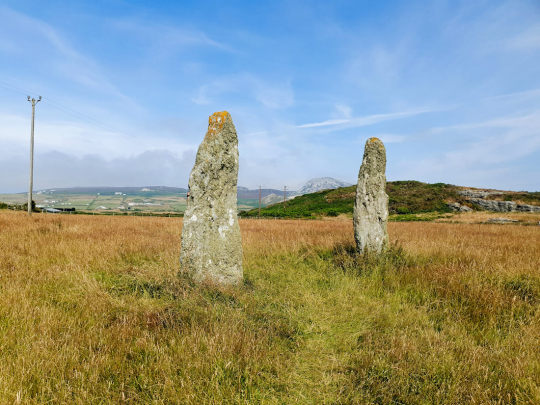
Penrhos Feilw Standing Stones, Anglesey, North Wales.
Rhodri Stone, July 2021.
An early Bronze Age monument, around 4000 yrs old.
2 notes
·
View notes
Text
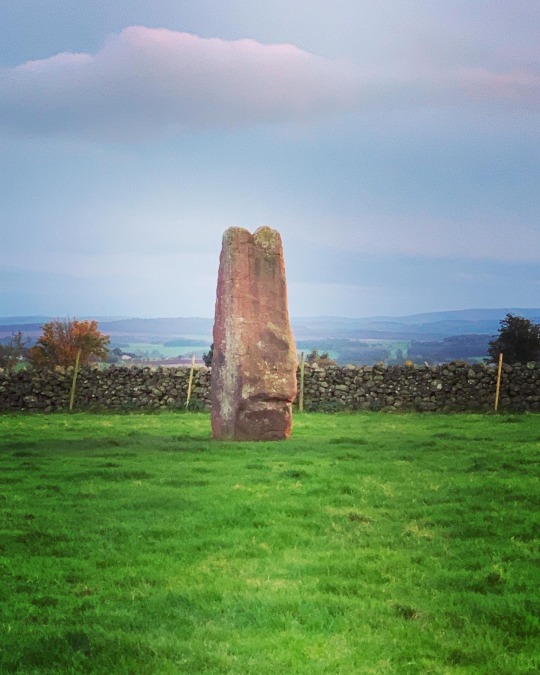
Long Meg, turned to stone by a wizard for dancing on the Sabbath.
4 notes
·
View notes
Photo
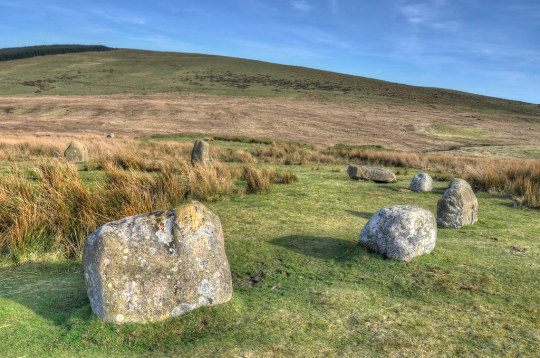
Small neolithic stone circle, Cumbria by Baz Richardson - now away Blakeley Moss Stone Circle is located on Scarny Brow, about one an a half miles south-west of Ennerdale Bridge on the western fringe of the Lake District in Cumbria. The stone circle is thought to date from the Bronze Age. Like several other stone circles I have seen, there has been some careful restoration work undertaken including cleaning out the stones' sockets and concreting the stones back in place. No-one really knows their purposes, though there have been lots of theories. Keep guessing! Sources: various including www.coasttocoast.uk/lake-district/st-bees-ennerdale/blake... https://flic.kr/p/2oLmeCa
9 notes
·
View notes
Text
Movement - Week 2 Animation
Continuing on from my research on the animation we begun developing storyboards based off our story ideas. My story was to create a tale of celtic druids performing a ritual to save their homes from flooding during a storm.
This is based off the story of Lough Gur which nowadays is a sizeable lake. but it once was nearly 10 metres higher, so much so that the lake covered the islands present there now. It was only after they drained it.

Paul would point me towards a film 'Midsommar' which deals with paganism in Scandinavia, as a point of inspiration and to study for choreographing the dances for my animation
youtube
And another film I looked at was 'Outlander', a time-travel flick which has a few scenes depicted Irish Druids in ritual dances.
youtube
I would like to replicate the visuals of the Outlander scenes in my stop motion and both films are helping in deciding and planning out the dances in my stop motion.
#lsad#movement#week 2/7#celtic#pagan rituals#stone circles#midsommar#druid#dance of the druids#outlander#Youtube
3 notes
·
View notes
Text




Balgarthno Prehistoric Stone Circle, Dundee, Angus, Scotland
#ice age#bronze age#copper age#iron age#neolithic#mesolithic#calcholithic#paleolithic#prehistoric#prehistory#standing stones#stone circles#ritual#ancient sites#Scotland#dundee#balgarthno stone circle#ancient culture#wild places
75 notes
·
View notes
Text

The Duddo Stones 📸 by The Silver Skylark
6 notes
·
View notes
Photo
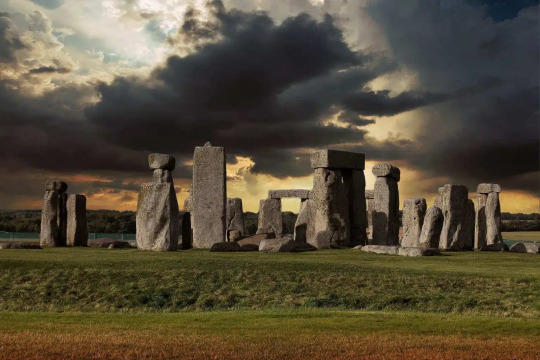
Stonehenge. Wiltshire, England.
9 notes
·
View notes
Link
The mystery of the stone ships of the Vikings is explained in full in this new film
#stone ships#jelling#Ales stenar#skeppssättning#anundshog#viking#stone circles#megalith#nordic bronze age#survive the jive
10 notes
·
View notes
Text

in the soil 🌾 🌞
#stonehenge#megaliths#folk horror#England#English history#stone circle#stone circles#Wiltshire#weird walk#WYRD#travel#Jerusalem#landscape#**
23 notes
·
View notes
